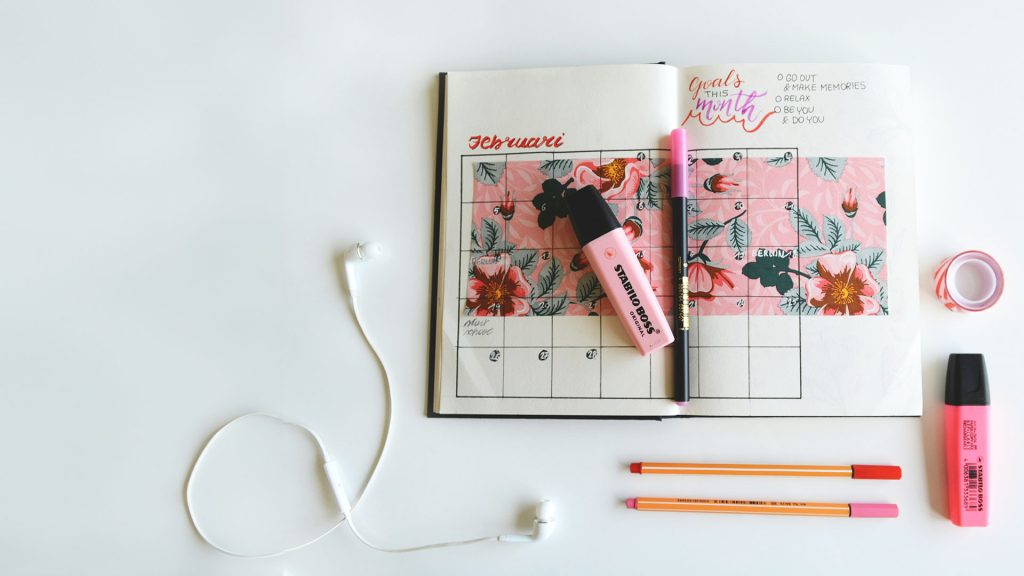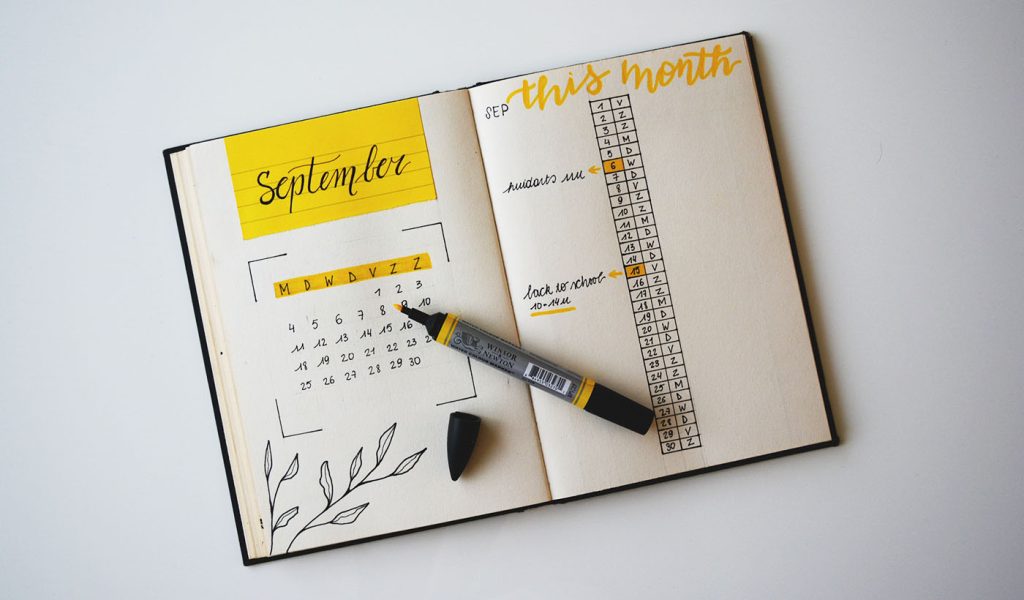In a world that feels increasingly chaotic and fast-paced, finding an effective way to organize your life can be both a relief and a source of personal empowerment. One of the most popular methods for gaining clarity, tracking goals, and expressing creativity is bullet journaling. Developed by Ryder Carroll, a bullet journal—or “BuJo” for short—is more than just a planner; it’s a customizable system that combines organization, mindfulness, and productivity in one notebook. If you’re new to bullet journaling, here’s a comprehensive guide on how to get started.
1. Gather Your Supplies

The beauty of bullet journaling is its simplicity. At its core, you only need a notebook and a pen. Many people prefer dotted notebooks because they provide subtle guidance for drawing lines and grids without being intrusive. Popular choices include the Leuchtturm1917, Moleskine, or any notebook that feels comfortable to write in. For pens, choose what feels smooth to write with and what doesn’t bleed through the pages. Some bullet journalers also like to add colored pens, markers, or highlighters for decoration, but these are entirely optional.
2. Understand the Core Concept
A bullet journal is built on simple building blocks: bullets, signifiers, and collections.
- Bullets: These are symbols you use to differentiate tasks, events, and notes. Commonly, a dot (•) represents a task, a circle (o) represents an event, and a dash (–) represents a note.
- Signifiers: These are additional symbols to give context to bullets. For example, an asterisk (*) might indicate priority, while an exclamation mark (!) could mark inspiration.
- Collections: These are lists or groupings of related tasks, goals, or ideas. Examples include monthly calendars, habit trackers, or project plans.
Understanding these elements helps you build a system that works for you rather than simply copying someone else’s layout.
3. Set Up an Index
The index is essentially the table of contents for your bullet journal. Leave a couple of pages at the beginning of your notebook to list each collection or page as you create it. This step may seem unnecessary at first, but over time, it becomes an invaluable tool to quickly locate important information. Make sure to number your pages to make referencing easier.
4. Start with a Future Log

A future log is a high-level overview of your upcoming months. Think of it as a long-term calendar where you can note important dates, deadlines, and events. Divide a page into several sections—usually three to six months per spread—and jot down any key appointments or milestones. This step ensures that your bullet journal is not just a daily tracker but also a tool for long-term planning.
5. Create a Monthly and Daily Layout
Once your future log is in place, set up a monthly spread. This typically includes a calendar overview and space for monthly goals or priorities. Many bullet journalers also include habit trackers, mood trackers, or budget trackers at this stage.
Next, move on to daily or weekly spreads. Here is where the bullet points come to life. Write down your tasks, events, and notes for each day. The beauty of bullet journaling is its flexibility—you can adapt the layout based on what feels most effective for you. Some people prefer minimalistic lists, while others enjoy decorating with drawings, stickers, or motivational quotes.
6. Use Collections for Organization
Collections are powerful tools that can be tailored to your personal needs. These can include anything from book lists, meal planners, or workout logs to project-specific pages for work or school. The key is to keep everything organized under a system that allows you to reference and review easily.
7. Practice Migration
One of the core principles of bullet journaling is migration. At the end of each month, review your tasks and determine what still needs attention. Tasks that weren’t completed can be migrated to the next month or marked as no longer relevant. This process encourages reflection, prioritization, and intentional planning.
8. Keep It Personal and Evolving

The ultimate strength of bullet journaling is its adaptability. Don’t feel pressured to replicate layouts you see online. Experiment with what works for your workflow, your creativity, and your goals. Over time, your bullet journal will evolve into a personalized system that combines productivity with mindfulness.
9. Tips for Staying Consistent
- Keep your journal accessible so it becomes part of your daily routine.
- Start small; even a simple daily task list is effective.
- Reflect weekly or monthly to keep your system relevant.
- Remember, it’s okay if pages aren’t perfect; focus on functionality over aesthetics.
Conclusion
Starting a bullet journal is an empowering step toward taking control of your life. It blends planning, reflection, and creativity in a way that digital tools often cannot. By gathering your materials, understanding the core principles, setting up an index, future log, and daily layouts, and using collections for organization, you can create a bullet journal that not only keeps you productive but also inspires and motivates you every day.


